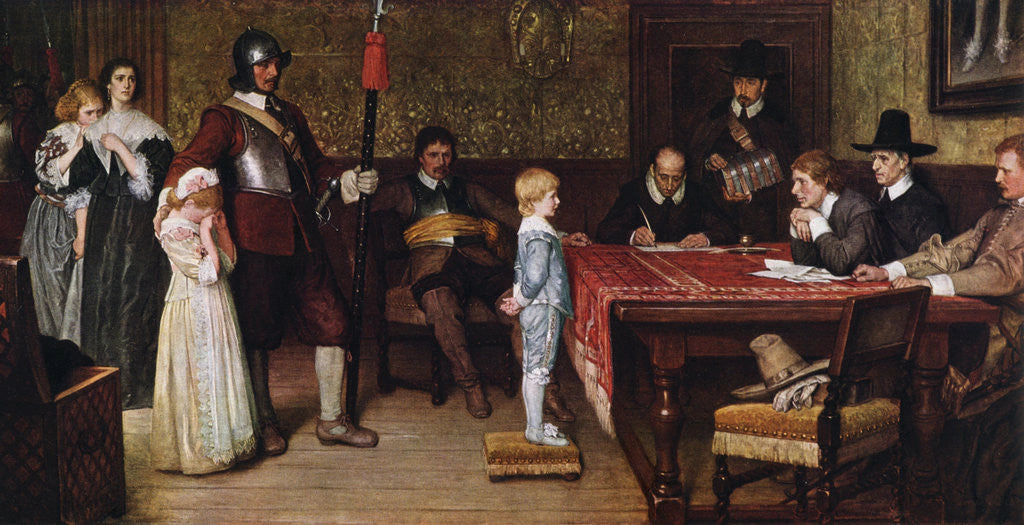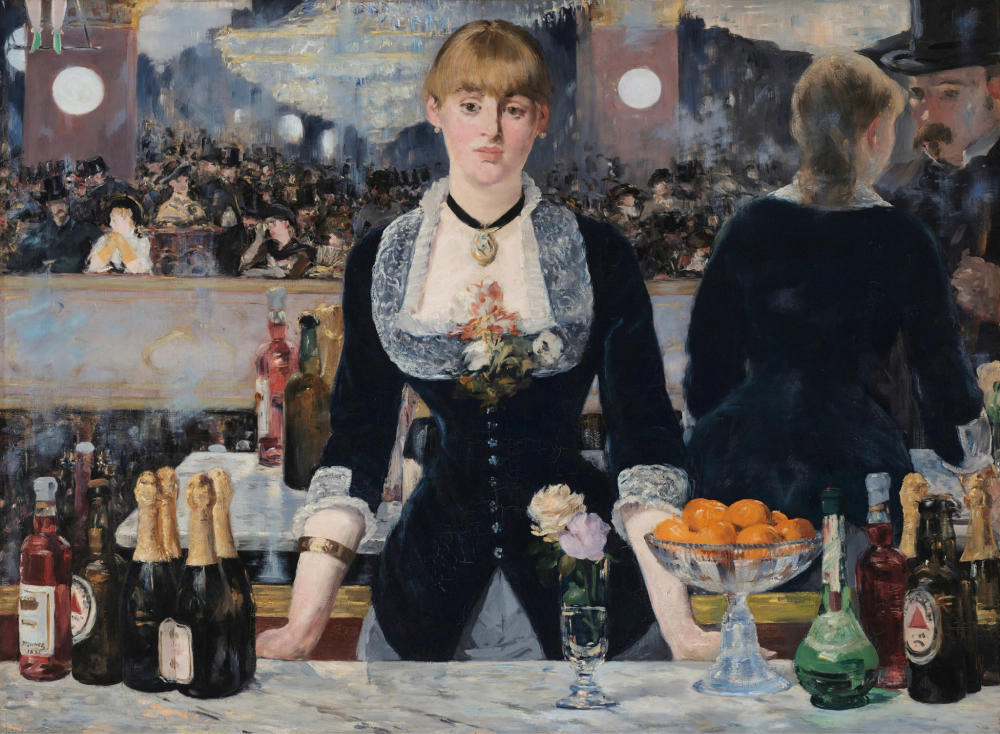A Bar at the Folies-Bergère
Daemon Voices is a collection of essays about storytelling by Philip Pullman and there’s this one bit I can’t stop thinking about. It’s where Philip argues that there’s two types of paintings. First, there’s the kind that are about objects and things and moments that you can translate back into words. He makes the example of “And When Did You Last See Your Father?” painted in 1878 by William Frederick Yeames.

According to Philip, you can describe everything here in English and nothing will be lost. The little boy on the stool, the soldier comforting the child, that sort of thing. You can imagine this story told in paint or in words since there’s a scene happening, a straightforward story to tell, and so it doesn’t really matter what medium you use to tell it.
But then there are paintings like A Bar at the Folies-Bergère by Édouard Manet in 1882. These are the paintings that question and poke and prod us, the sort of paintings that escape description, escape language somehow. It’s a scene that only works as a painting and couldn’t possibly be translated back into words no matter how hard you try.

Philip writes:
All those great artists are contemporaries, not only of one another but of us too. Art does not progress by improving what came before, by doing to it what chemistry did to alchemy: art does not progress in that sense at all. Great art has always had this double character, this ability to look at the world and to look at itself at the same time, and the greatest art is perhaps where we see the two things in perfect balance.
That’s the real difference between A Bar at the Foiles-Bergère and “And When Did You Last See Your Father?” Yeames and all the other Victorian narrative painters were only interested in half of what there was to be interested about. Manet was interested in all of it. A Bar at the Folies-Bergère is about a bar at the Folies-Bergère; it’s about the mystery of that unfathomable expression on this ordinary young woman’s face; it’s about those legs suspended at the very end of the acrobat’s swing; it’s about champagne and oranges and tobacco smoke and chandeliers and fashionable dress; but it’s also about seeing, and about recording the way the light glistens on those oranges, and the way things in a mirror are different from things in front of our eyes; it’s about the sensation of sight and the mysteries of representation; it’s about painting itself.